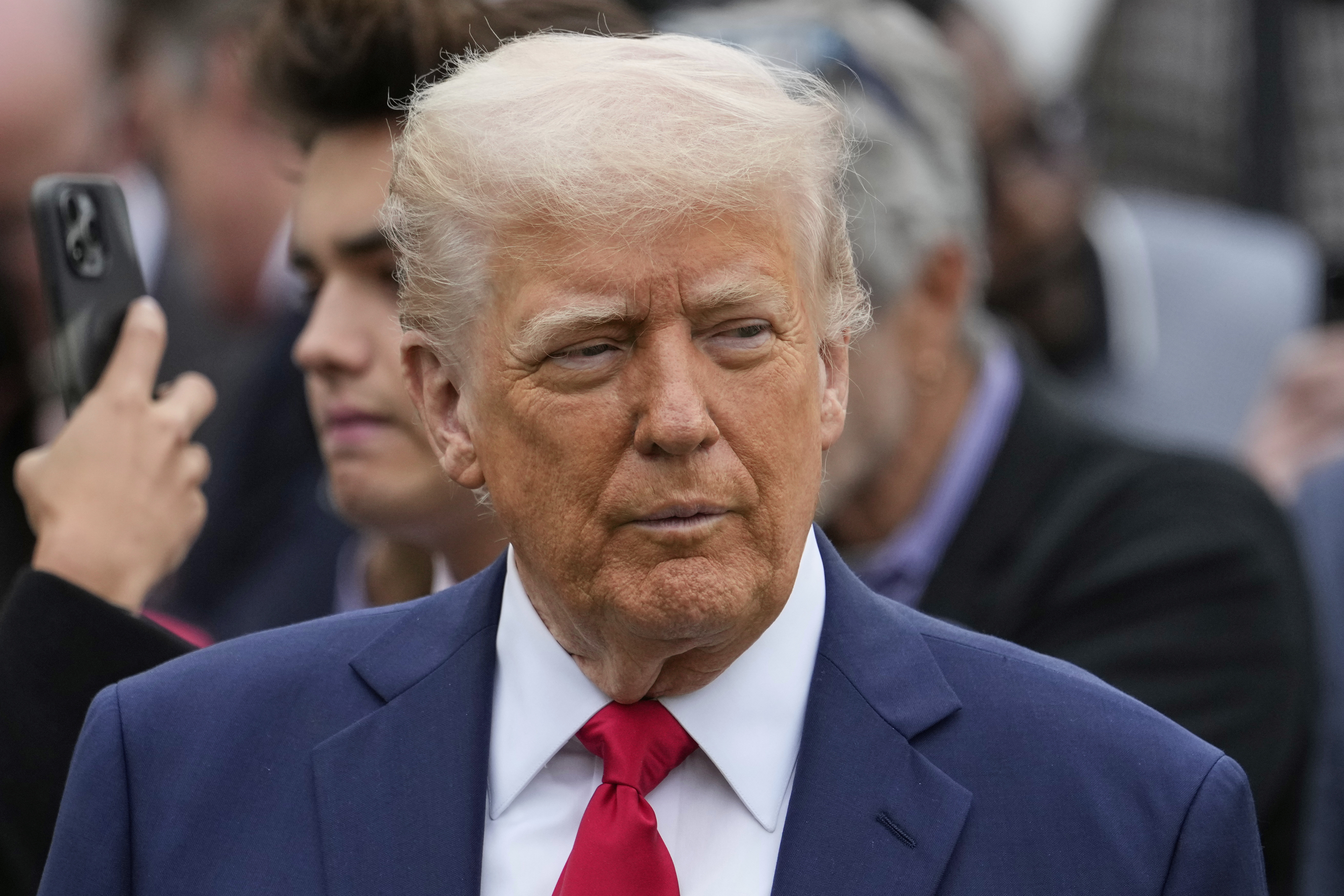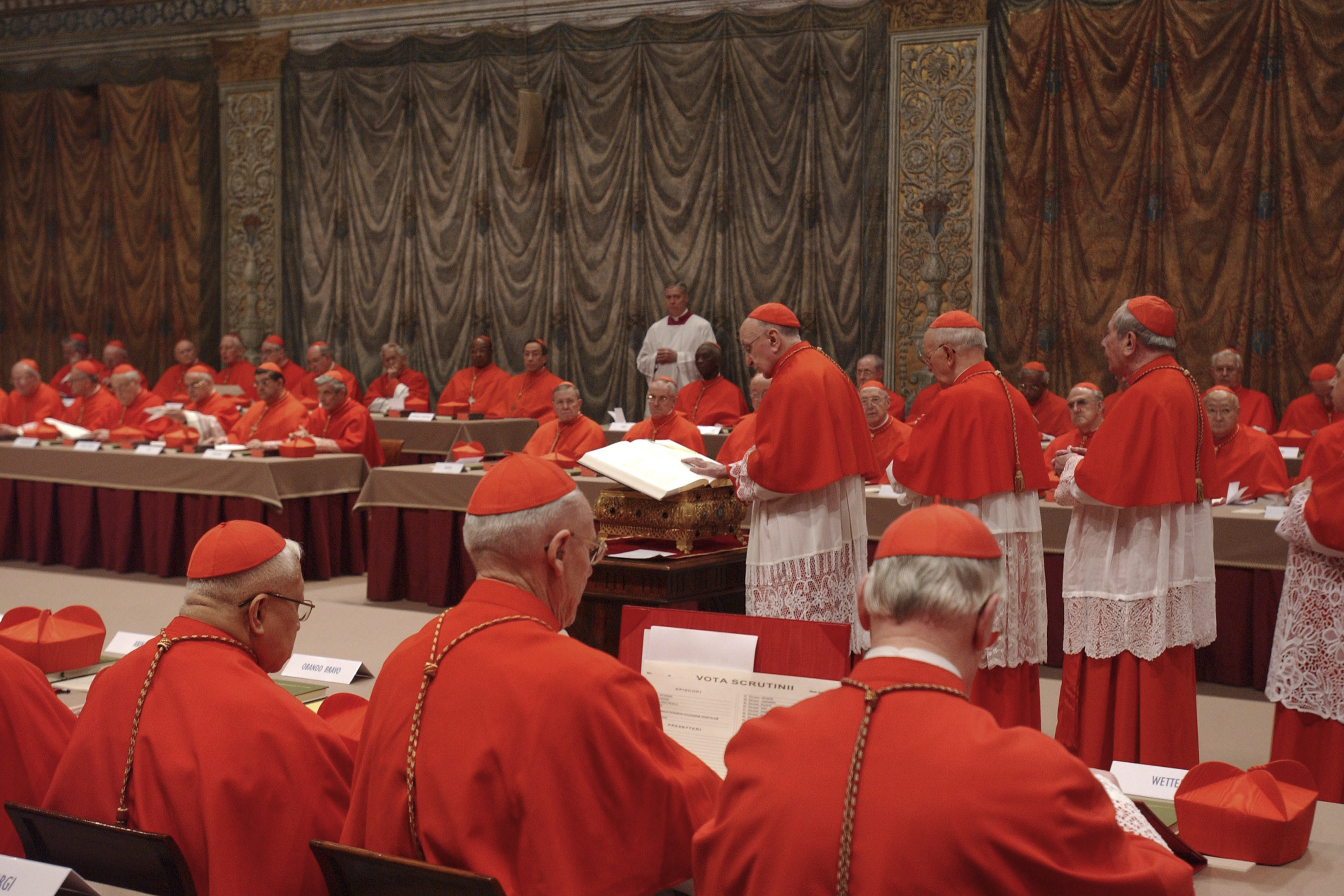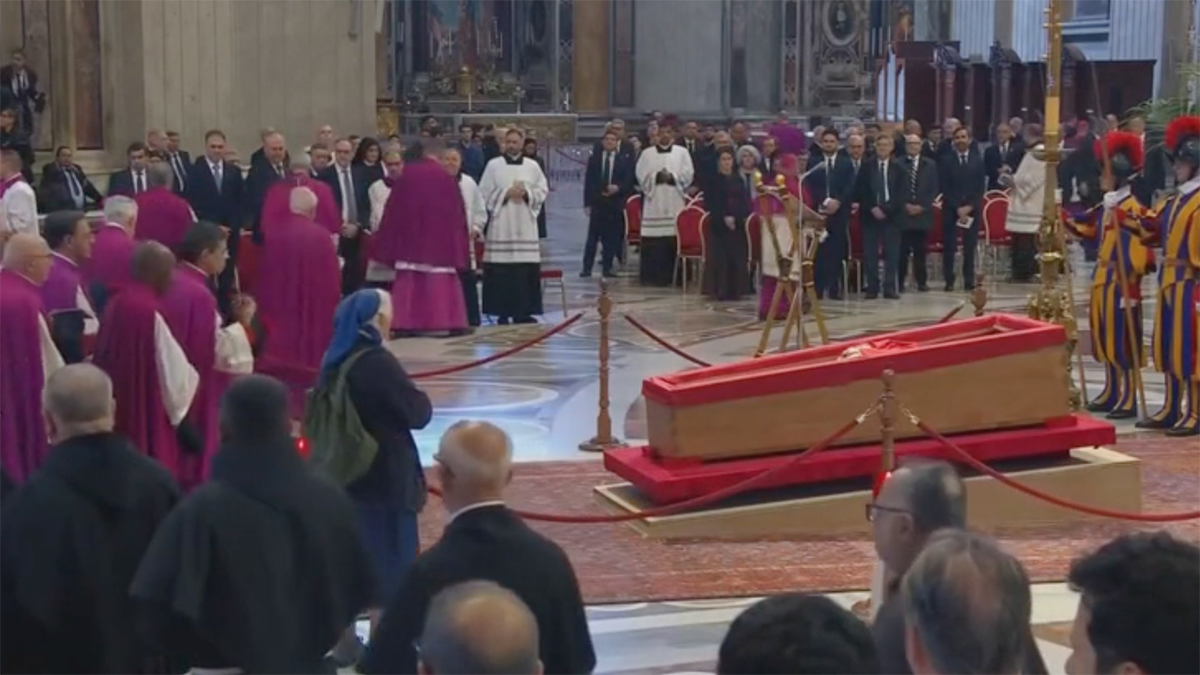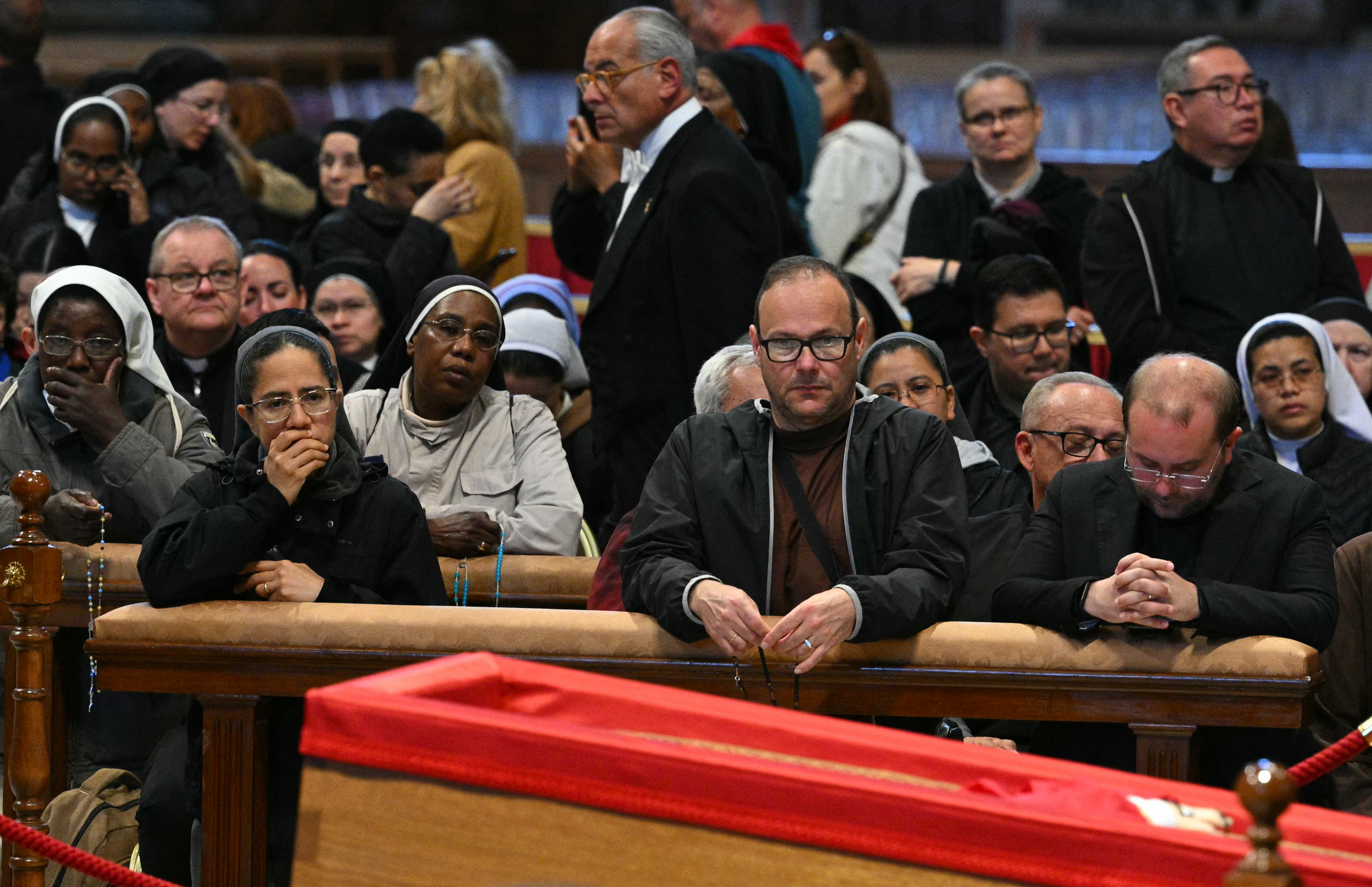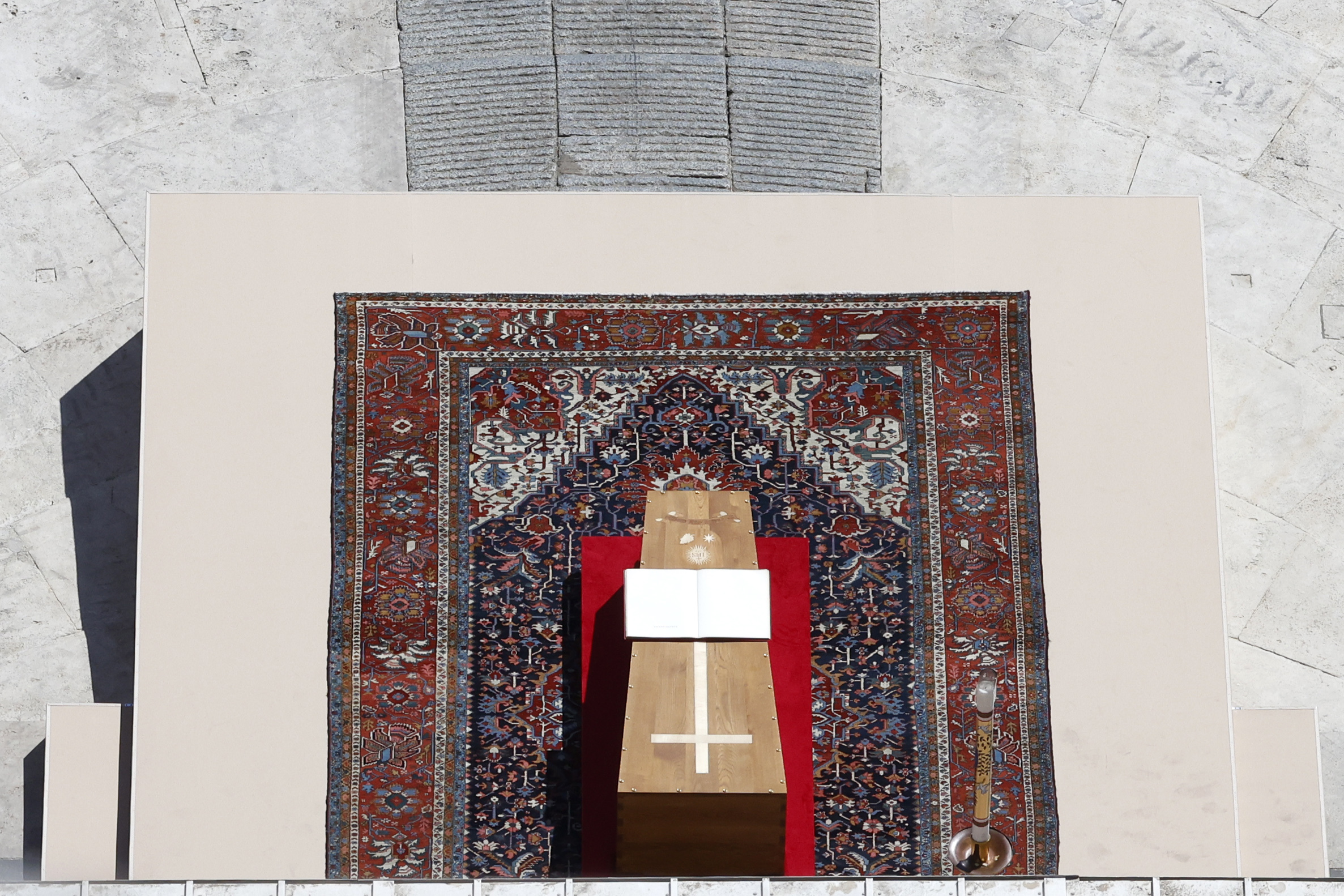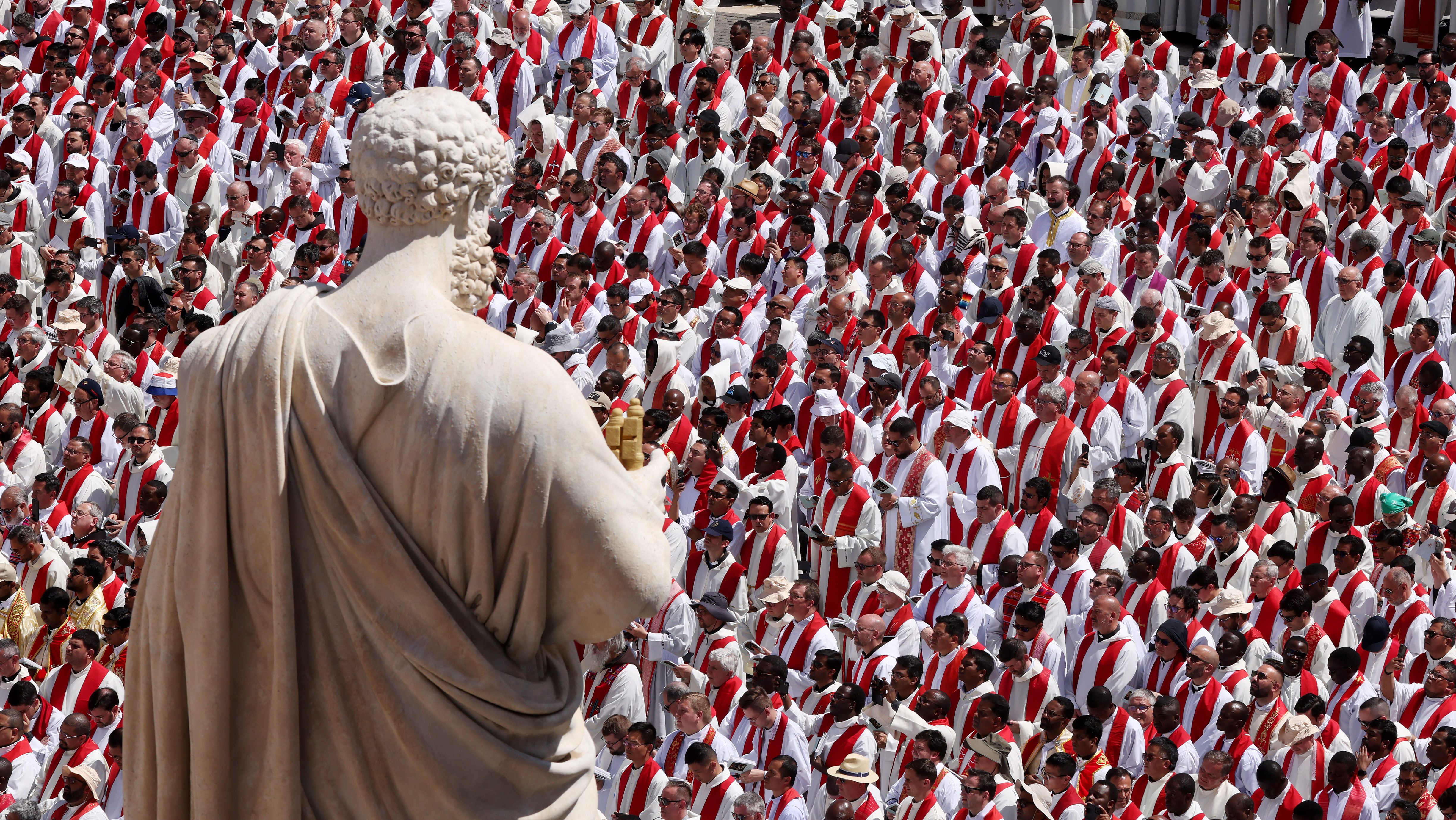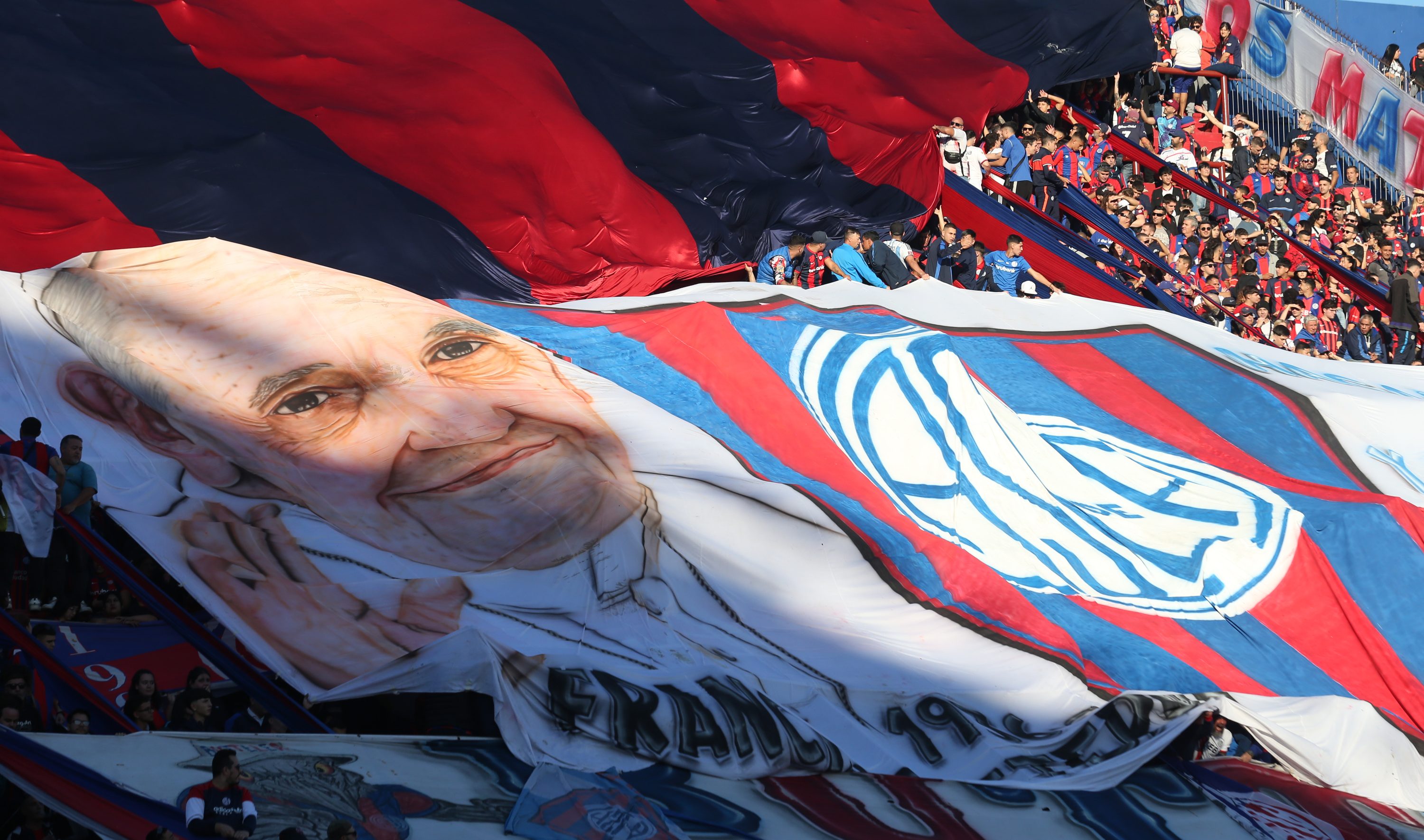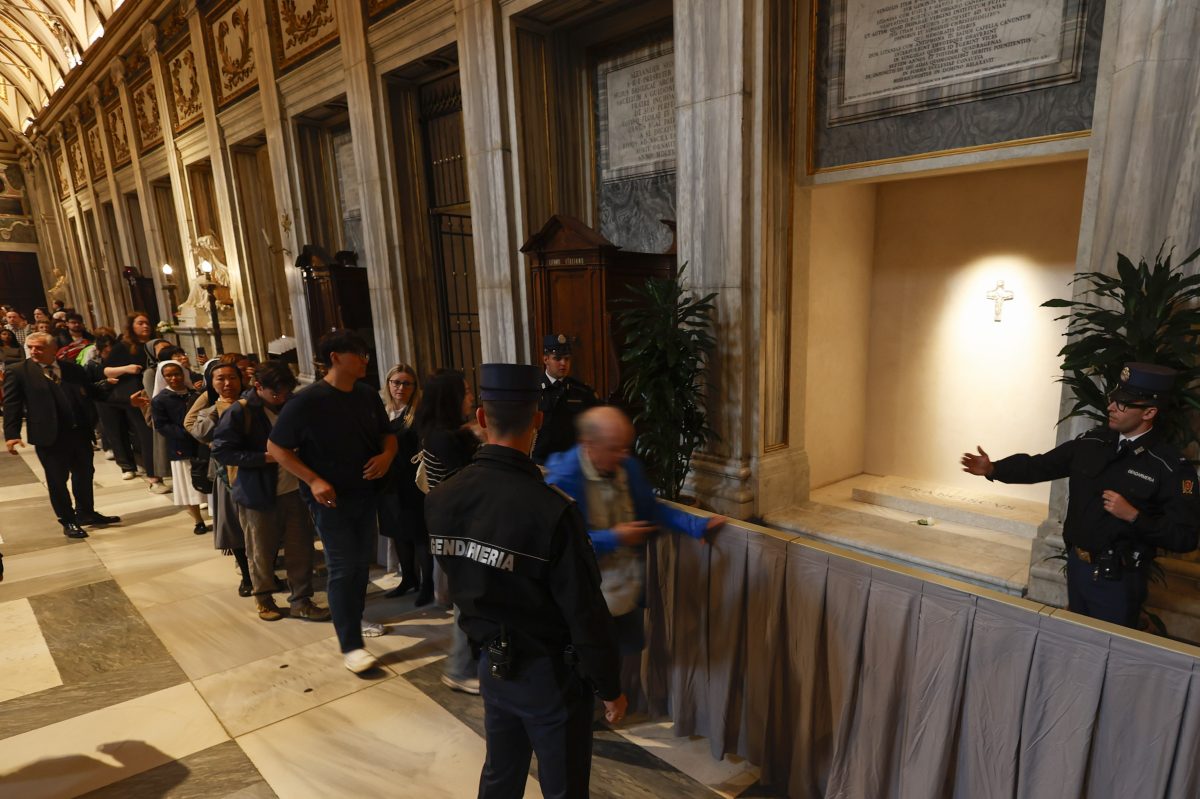Pope Francis Funeral: Trump, Zelenskyy & Global Leaders Converge
World Leaders Converge: Trump, Zelenskyy & Royalty at Pope Francis's Funeral
A Global Farewell: Honoring Pope Francis in Rome
The world stage is set in Rome, as dignitaries from across the globe prepare to pay their final respects to Pope Francis. It's a scene that blends the solemnity of religious tradition with the complexities of international politics. But amidst the arriving heads of state and royalty, it's worth remembering that Pope Francis's heart always beat for the marginalized, a fact underscored by the gathering of the poor at a separate basilica to mourn his passing. This contrast highlights the duality of his legacy: a leader revered by the powerful, yet dedicated to the powerless.
High-Profile Arrivals: Trump and Milei Among Attendees
Donald Trump, former President of the United States, and Javier Milei, the newly elected President of Argentina, are just two of the prominent figures descending upon the Vatican. Their presence underscores the global significance of the late Pope's influence. Imagine the security headaches, the diplomatic dance, the sheer logistical challenge of coordinating such a gathering! But it's all for a man who, in his humility, often eschewed such grandeur.
The Vatican's Announcement: A World Stage of Mourning
The Vatican has confirmed an impressive 130 delegations, including 50 heads of state and 10 reigning sovereigns. That's a testament to the global reach of the Catholic Church and the impact Pope Francis had on the world stage. But beyond the numbers, it's about the individual stories of those coming to say goodbye, each touched in their own way by his papacy.
Paying Respects: The Faithful Say Their Goodbyes
Tens of thousands of ordinary people have already lined up, patiently waiting for hours to bid farewell to Pope Francis. Their devotion is a powerful reminder that beyond the politics and the pomp, he was, above all, a shepherd to his flock. The overwhelming turnout forced the Vatican to extend the basilica's opening hours, a clear indication of the deep affection and respect he commanded.
H2: The Final Day of Lying in State
Friday marks the last day the Pope will lie in state in St. Peter's Basilica. This is a final opportunity for the public to pay their respects before his coffin is sealed. Think about the symbolism of that sealing – the closing of a chapter, the end of an era. It’s a poignant moment for Catholics worldwide.
H2: Security Measures and Logistical Challenges
Organizing an event of this magnitude requires meticulous planning and stringent security measures. Rome will essentially become a fortress, with heightened police presence and traffic restrictions. It’s a necessary inconvenience to ensure the safety of world leaders and the countless mourners.
H2: The Funeral Service: A Global Spectacle
The funeral service on Saturday promises to be a moving and visually stunning event. Millions are expected to watch the ceremony, either in person or via broadcast. Imagine the sea of faces in St. Peter's Square, a kaleidoscope of cultures united in grief and respect.
H2: Beyond the Headlines: Pope Francis's Legacy
But what is Pope Francis's lasting legacy? Beyond the headlines and the political maneuvering, he will be remembered for his progressive stance on social issues, his unwavering commitment to the poor, and his efforts to reform the Catholic Church. He challenged the status quo and inspired a generation to think differently about faith and social justice.
H2: A Pope of the People: His Connection to the Marginalized
Pope Francis consistently championed the cause of the marginalized, speaking out against poverty, inequality, and injustice. His emphasis on compassion and empathy resonated with people of all faiths and backgrounds. He truly walked the walk, advocating for those who often go unheard.
H2: The Meeting with the Poor: A Symbol of His Values
The meeting with the poor in the small crosstown basilica serves as a powerful reminder of Pope Francis's priorities. It's a symbolic gesture, a deliberate choice to highlight his connection to those who are often overlooked by society. This act encapsulates his entire papacy.
H2: Diplomatic Implications: Opportunities for Dialogue
Such a high-profile gathering presents opportunities for informal diplomatic meetings and discussions. World leaders will likely engage in conversations beyond the solemnity of the occasion, potentially addressing pressing global issues. Could this be a chance for breakthroughs in international relations?
H2: The Role of the Catholic Church in Global Politics
The Catholic Church continues to play a significant role in global politics, and the funeral of Pope Francis underscores its influence. The Vatican serves as a platform for dialogue and diplomacy, even in times of grief. It's a reminder of the Church's enduring power and its ability to bring people together.
H2: Reactions from Around the World: A Global Outpouring of Grief
The death of Pope Francis has prompted an outpouring of grief from around the world. People of all faiths and backgrounds have expressed their condolences and shared their memories of his papacy. It’s a testament to his universal appeal and his ability to connect with people on a personal level.
H2: The Future of the Catholic Church: A New Era Dawns
With the passing of Pope Francis, the Catholic Church enters a new era. The College of Cardinals will soon convene to elect his successor, a process that will shape the future direction of the Church. Who will be the next Pope, and what challenges will they face? The world watches with anticipation.
H2: Analyzing the Media Coverage: How the World is Reporting
The media coverage of Pope Francis's death and funeral is extensive, with news outlets from around the world providing constant updates. It's important to critically analyze this coverage, considering different perspectives and biases. How is the media framing his legacy, and what messages are they conveying to the public?
H2: Remembering Pope Francis: A Lasting Impression
H3: His Progressive Views
Pope Francis often challenged traditional views within the church, advocating for greater inclusivity and understanding. His more progressive positions helped to engage younger generations, but also created some divisions. He pushed the boundaries, sparking important conversations within the Church.
H3: His Dedication to the Poor
From his simple lifestyle to his passionate sermons, Pope Francis consistently demonstrated his dedication to the poor and vulnerable. This commitment became a defining characteristic of his papacy, shaping his policies and inspiring countless acts of charity. His actions spoke louder than words.
H3: His Efforts at Church Reform
Recognizing the need for greater transparency and accountability, Pope Francis initiated reforms within the Catholic Church. These efforts aimed to address issues of corruption and abuse, fostering a more just and ethical institution. Change takes time, but he set the wheels in motion.
Conclusion: A Legacy of Humility and Change
As world leaders and mourners gather in Rome, the world remembers Pope Francis as a leader who embraced humility, championed the poor, and challenged the status quo. His legacy will continue to inspire and shape the Catholic Church for years to come. He leaves behind a world touched by his kindness, his courage, and his unwavering faith.
Frequently Asked Questions (FAQs)
Q1: Why are so many world leaders attending Pope Francis's funeral?
A: The Pope is not only the head of the Catholic Church but also a significant global figure. Heads of state attend to pay respects to his influence on international affairs and to acknowledge the Catholic Church's importance in their countries.
Q2: What security measures are in place for the funeral?
A: Security is extremely tight, with increased police presence, road closures, and restrictions on air travel over Rome. These measures are necessary to protect the dignitaries and the large crowds expected to attend.
Q3: Who will succeed Pope Francis?
A: The College of Cardinals will convene in a conclave to elect the next Pope. The process is secretive and involves prayer, deliberation, and multiple rounds of voting until a two-thirds majority is reached.
Q4: How can I watch the funeral service if I can't be in Rome?
A: The funeral service will be broadcast live by major news networks and streamed online by various media outlets. Check your local listings for times and channels.
Q5: What is the significance of the meeting with the poor in the basilica?
A: This meeting is a symbolic gesture that reflects Pope Francis's deep commitment to serving the marginalized. It highlights his belief that the Church should prioritize the needs of the poor and vulnerable. It reinforces his message of empathy and compassion.
